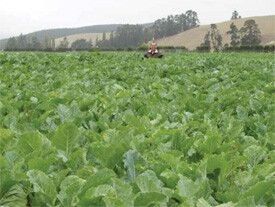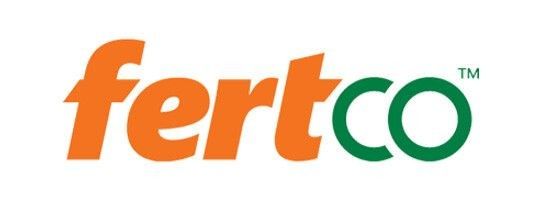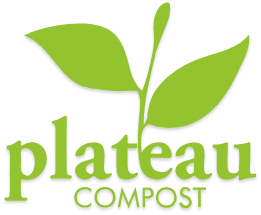Recent field trials conducted in Canterbury have provided valuable insights into the optimal application rates and economic benefits of compost use in agricultural settings. The study focused on various application strategies, examining both regular light applications and heavier, less frequent applications to determine the most cost-effective approach for farmers.
Key Findings
The trials revealed that regular applications of compost at lighter rates proved to be among the most profitable approaches. Specifically, applications of 8-12 tonnes per hectare applied every one to two years showed optimal economic returns. For farmers preferring less frequent applications, the study examined heavier application rates of 25–50 tonnes per hectare, finding these should be reapplied every three to four years for best results.
Notably, when examining a three-year cropping rotation, the research demonstrated that a single application of 50 tonnes per hectare generated better financial returns than a 25 tonnes per hectare application. The study also confirmed that compost can be effectively utilized through either direct soil incorporation or surface application in no-tillage systems, providing flexibility in application methods.
Economic Analysis
The economic assessment was conducted using standard production costs for each crop type studied. The analysis incorporated fixed costs for both the compost itself ($12.50 per tonne) and spreading ($6.50 per hectare). A key element of the study was the determination of break-even freight rates, which established the maximum transport costs at which compost application remained economically viable.
Profitability was determined by comparing returns against standard farming practices, with scenarios considered profitable when they matched or exceeded conventional approaches.
It is important to note that the economic analysis focused primarily on direct costs and yields. The study did not incorporate potential financial benefits arising from improvements in soil structure and water holding capacity that typically result from organic matter addition. These additional benefits could potentially enhance the overall economic value of compost application beyond the findings presented in this analysis.
Read more on plantandfood.co.nz

Kale crops with no compost application

Kale crops with 25 t/Ha of compost

Kale crops with 50 t/Ha of compost
Want to know more?

Want to know more about the Vermicast we use? Go to Ecocast to find out how they turn waste into 100% reusable value


